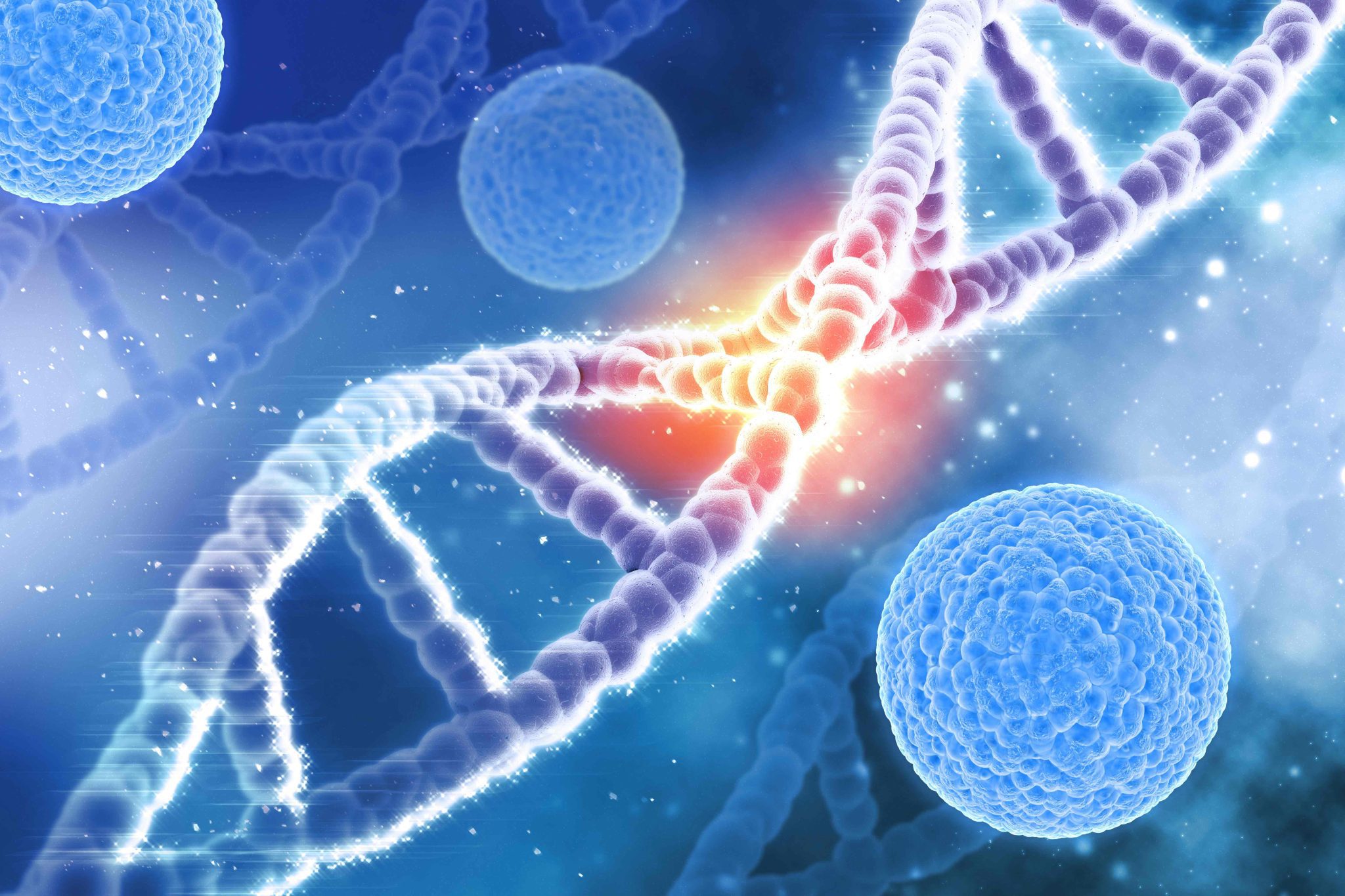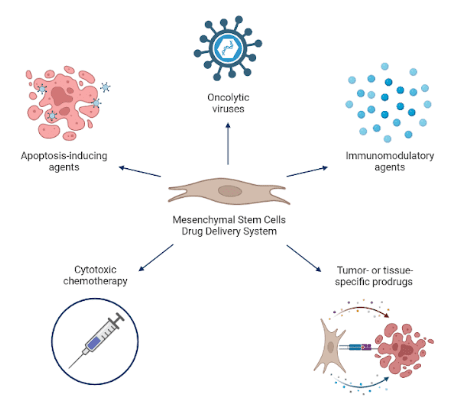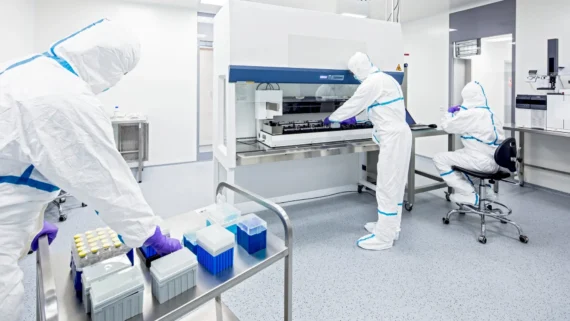- Your cart is empty
- Continue Shopping

How To Keep Cells Alive in Transit: Why Hypothermic Transport is the Smarter Alternative
Discover why hypothermic cell transport is safer and smarter than cryopreservation or room temp methods for preserving cell viability in transit.









